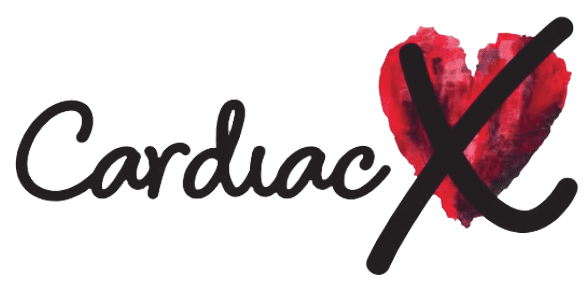
When it comes to emergency situations, every second counts. Knowing how to respond quickly and effectively can make all the difference in saving a life. That's where DRSABCD comes in. But what exactly is DRSABCD and how does it work?¹
What does DRSABCD stand for?
DRSABCD is an acronym that stands for:
- Danger
- Response
- Send for help
- Airway
- Breathing
- CPR
- Defibrillation
How does DRSABCD work?
Let's break down each step of DRSABCD:
Danger
The first step is to assess the situation for any potential dangers. This could include things like traffic, fire, or electrical hazards. It's important to ensure your own safety before attempting to help someone else.
Response
Next, check for a response from the person in need. Gently tap their shoulder and ask if they're okay. If there is no response, it's time to move on to the next step.
Send for help
Call emergency services or ask someone nearby to call for help. The sooner professional medical assistance arrives, the better the chances of a positive outcome.
Airway
Open the person's airway by tilting their head back and lifting their chin. This helps to ensure that their airway is clear and allows for proper breathing.
Breathing
Check if the person is breathing normally. Look, listen, and feel for any signs of breathing. If they are not breathing or only gasping, it's time to start CPR.
CPR
CPR, or cardiopulmonary resuscitation², is a life-saving technique that involves chest compressions and rescue breaths. If you're trained in CPR, begin performing it immediately. If you're not trained, follow the instructions given by the emergency operator.
Defibrillation
If an automated external defibrillator (AED)³ is available, use it as soon as possible. AEDs are designed to deliver an electric shock to the heart in an attempt to restore a normal rhythm.
Remember, DRSABCD is a systematic approach to emergency response. By following these steps, you can provide the best possible care until professional help arrives. It's always a good idea to receive proper first aid and CPR training to ensure you're prepared for any emergency situation.

